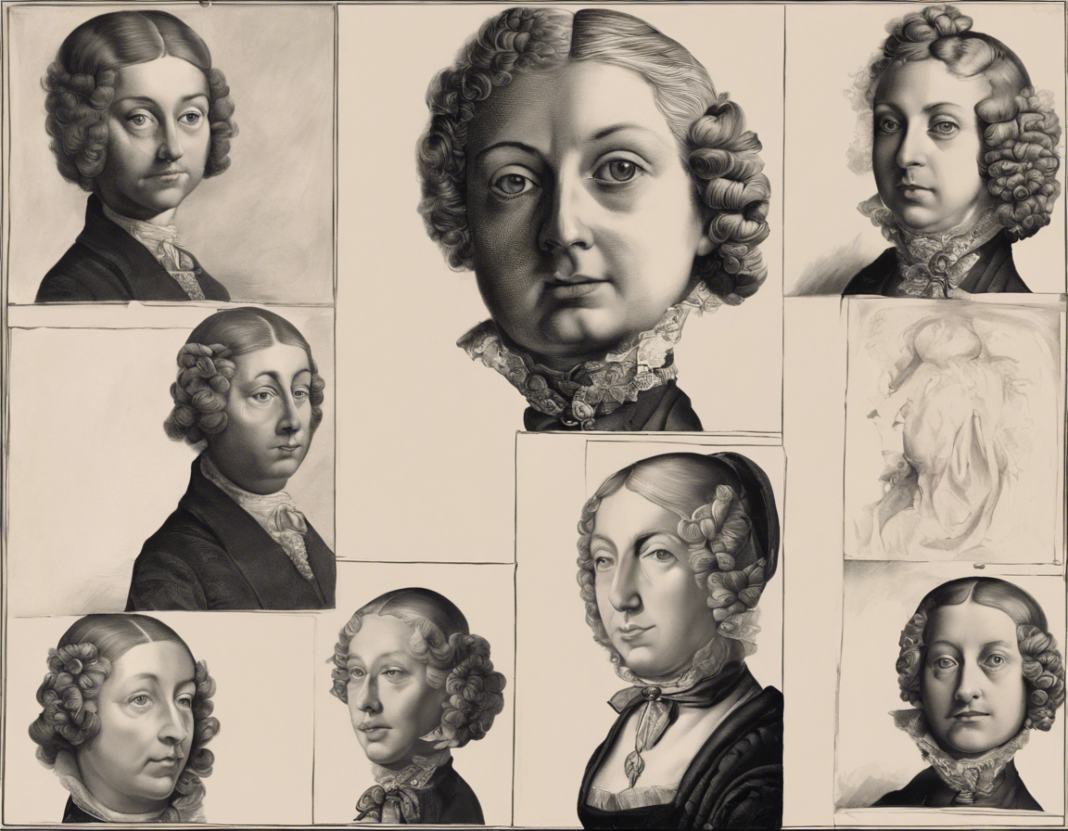Henry James’ novel “The Portrait of a Lady” is a literary masterpiece that delves into complex themes of independence, identity, and personal freedom. Published in 1881, the novel follows the story of Isabel Archer, a young American woman who navigates the social expectations and constraints of European society. As readers immerse themselves in the intricate narrative, they encounter thought-provoking questions and concepts that prompt introspection and analysis. In this article, we will delve into some of the key questions raised by “The Portrait of a Lady” and explore possible answers and interpretations.
Exploring the Theme of Individualism
One of the central themes of “The Portrait of a Lady” is individualism and the pursuit of personal freedom. Isabel Archer’s journey towards self-discovery and independence serves as a lens through which readers can examine the complexities of autonomy and choice.
Question 1: How does Isabel’s sense of individualism shape her decisions throughout the novel?
Isabel Archer’s strong sense of individualism drives many of her choices, leading her to prioritize personal agency and self-determination. However, her idealistic notions of independence often conflict with the societal expectations and limitations imposed upon her, ultimately shaping the course of her life.
Question 2: In what ways does Henry James critique or challenge traditional gender roles in “The Portrait of a Lady”?
James challenges traditional gender roles through Isabel’s character, portraying her as a woman who seeks intellectual and emotional fulfillment beyond the confines of conventional societal norms. By defying stereotypes and asserting her autonomy, Isabel embodies a form of resistance against gender expectations.
The Complexity of Relationships
Another key aspect of the novel is the intricate web of relationships that bind the characters together. From romantic entanglements to familial ties, the dynamics of interpersonal connections play a significant role in shaping the narrative.
Question 3: How do the relationships in “The Portrait of a Lady” illuminate the characters’ desires and motivations?
The relationships in the novel serve as mirrors reflecting the characters’ innermost desires, fears, and motivations. Whether it is the manipulative machinations of Gilbert Osmond or the genuine affection of Ralph Touchett, each relationship sheds light on the complexities of human emotions and interactions.
Question 4: What role does betrayal play in the novel, and how does it impact the characters’ trajectories?
Betrayal emerges as a recurring theme in “The Portrait of a Lady,” exposing the fragility of trust and the consequences of deception. From the betrayal of confidences to the betrayal of one’s true self, the novel showcases the devastating effects of broken trust on the characters’ lives.
The Illusion of Freedom
As Isabel navigates the complexities of her new life in Europe, she confronts the harsh reality that true freedom may be an elusive illusion. The constraints of society, duty, and obligation weigh heavily on her as she grapples with the consequences of her choices.
Question 5: To what extent is Isabel truly free in her decisions, and what factors limit her autonomy?
Isabel’s seemingly autonomous decisions are often influenced by external forces such as societal expectations, financial constraints, and emotional ties. Despite her aspirations for freedom, she finds herself entangled in a web of obligations that restrict her ability to fully exercise her agency.
Question 6: How does the theme of fate versus free will play out in the novel, particularly in relation to Isabel’s choices and their consequences?
The tension between fate and free will is a central motif in “The Portrait of a Lady,” as Isabel grapples with the consequences of her choices and the unforeseen events that shape her destiny. The novel probes the boundaries between individual agency and the capricious whims of fate, raising questions about the nature of personal responsibility and accountability.
Frequently Asked Questions (FAQs)
1. What is the significance of the title “The Portrait of a Lady”?
The title “The Portrait of a Lady” alludes to the idea of Isabel Archer as a multifaceted character whose inner world is rich with complexities and contradictions, much like a portrait that captures the essence of a person.
2. How does Henry James use language and style to convey the nuances of the characters’ thoughts and emotions?
James’ intricate prose style and psychological acuity enable him to delve deep into the characters’ inner lives, revealing their thoughts, desires, and fears with remarkable precision and depth.
3. What role does symbolism play in “The Portrait of a Lady,” and how does it contribute to the overall meaning of the novel?
Symbolism abounds in the novel, from the iconic portrait that reflects Isabel’s evolving sense of self to the intricate tapestry of social conventions that shape the characters’ actions. These symbolic elements add layers of meaning and complexity to the narrative, inviting readers to explore deeper themes and interpretations.
4. How does the setting of Europe enhance the themes and character development in the novel?
The European setting serves as a backdrop for Isabel’s transformation and self-discovery, juxtaposing the Old World traditions with her New World sensibilities. The cultural contrasts and social dynamics of Europe provide a rich tapestry against which the characters’ relationships and choices unfold.
5. What lessons can readers glean from “The Portrait of a Lady” about the complexities of human nature and relationships?
Through the lens of Isabel’s journey, readers can gain insight into the intricacies of human nature, the complexities of relationships, and the enduring quest for personal freedom and fulfillment. The novel offers a nuanced exploration of the human experience, inviting readers to reflect on the universal themes of love, loss, betrayal, and resilience.
In conclusion, “The Portrait of a Lady” continues to captivate readers with its timeless exploration of universal themes and complex characters. Through a nuanced examination of individualism, relationships, and the illusion of freedom, Henry James invites us to ponder the profound questions that shape our lives and decisions. As we delve into the intricacies of the novel, we uncover layers of meaning and insight that speak to the enduring complexities of the human experience.
